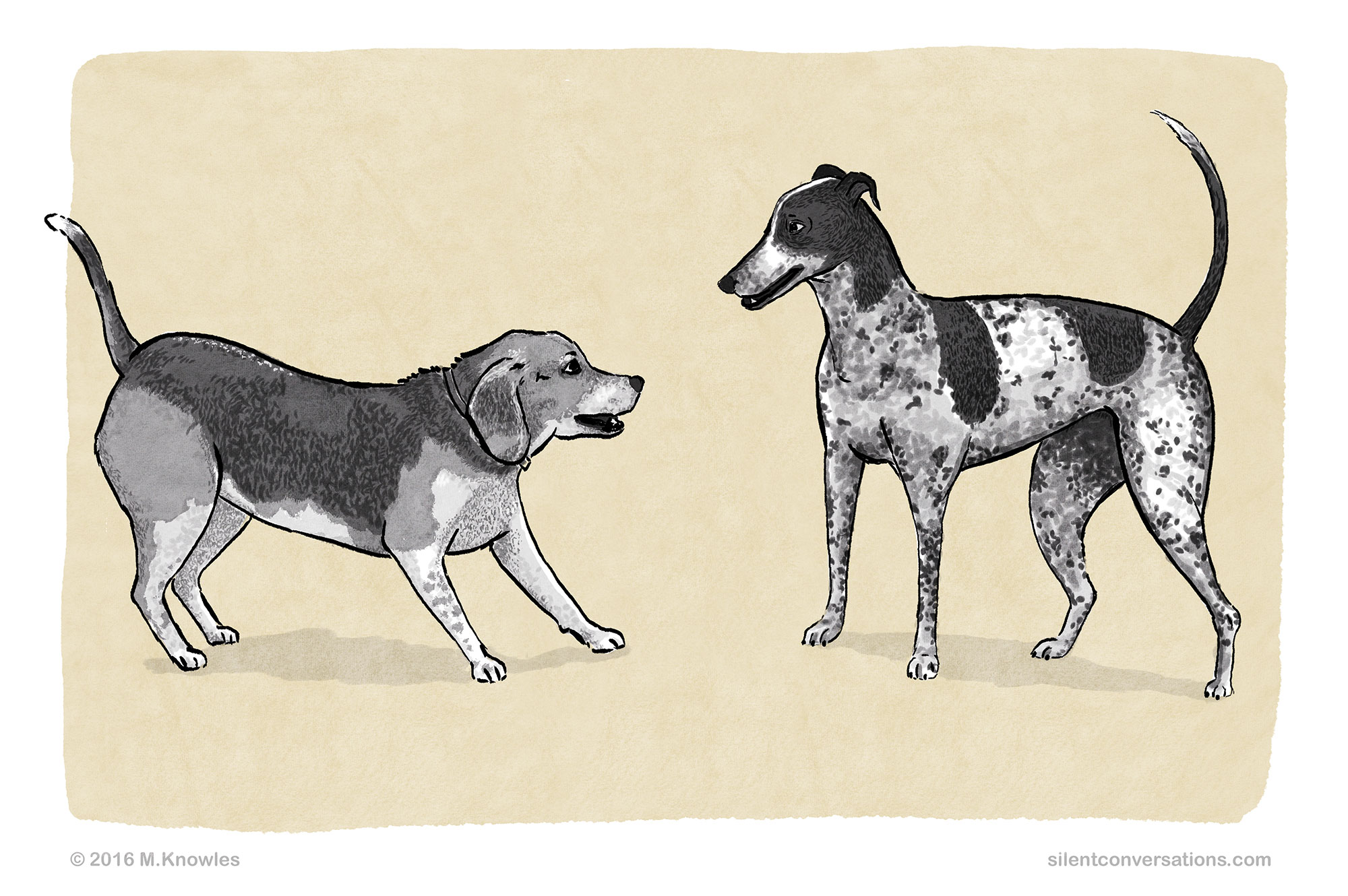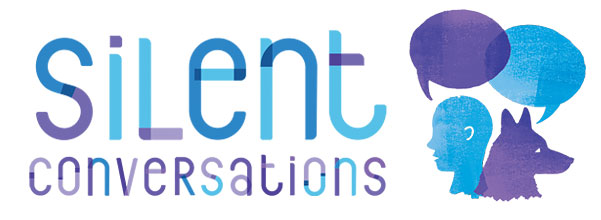
Benefits of learning dog body language
1. Making choices for your dog with confidence
Understanding your dog’s body language will give you insight and understanding into how your dog is feeling and allow you to be its advocate. Being able to evaluate how it is coping with a situation or interaction enables you to confidently back up what your dog is communicating, based on your observations and knowledge. I would love dog guardians to feel sufficiently empowered to say why something is not right for their family dog and be able to stand up for both themselves and their dogs in the face of social and media pressures as well as the bombardment of confusing advice from numerous dog professionals with differing opinions. Your dog only has you to protect it, always stand up for its rights – trust your gut.
2. Building a healthy and even stronger relationship
Much of what dogs are saying goes unnoticed, as most people are unaware of the silent, deliberate language expressed by dogs through signals and body language. We start paying attention to the louder language (like displacement behaviour, barking, growling, snapping and maybe a bite) that might escalate after the silent body language has not been listened to. Amazingly, there are many dogs that seem fine on the surface, even with their silent language being ignored – a testament to the good nature of dogs. Doesn’t it feel good when you can express yourself with ease to the people who matter, and they listen to you? I have seen a spark of light suddenly appear in the eyes of a dog when it realizes that you have observed its body language and responded appropriately. The key to the growth of any relationship is communication – the comfort to feel free to express yourself honestly and to be heard.
3. Minimising frustration and misunderstanding
Once you have knowledge, you may see things in a different light. Without knowledge and understanding, we sometimes get the wrong idea, which can lead to frustration and misunderstanding. For example a dog may stop walking and start sniffing the ground as it sees something ahead that it does not feel comfortable with – this behaviour could be displacement or a calming signal, depending on the context. Not realizing the dog is trying to communicate and figure things out, the handler may become frustrated, incorrectly assuming that the dog is being stubborn. Understanding what is happening and why it is happening encourages empathy and may give handlers a fresh perspective, allowing them to find a solution to support their dogs in a particular situation.
4. Your dog’s emotional well-being
I think the freedom to make choices plays a role in mental and emotional well-being. Many dogs live lives with little choice and have many expectations imposed on them as to how they should behave. Listening to your dog and allowing it to have a small positive influence on its surroundings goes a long way towards building emotional well-being and confidence. Permitting dogs to communicate and letting them see that they can influence their environment in a positive manner will not only increase their confidence but also their problem solving skills. Imagine if you were not listened to; how long would it take before you snapped or felt disheartened?
5. Encouraging your dog’s communication skills
If humans ignore the subtle, quiet body language of the dog, this teaches it that it is futile trying to communicate politely. When ignored in this way, the dog is left with little choice but to communicate with louder language that seems to gain more attention, such as showing teeth, growling, snapping and potentially biting. As a result, a vast amount of language and communication is lost. Even louder language like growling should not be punished or suppressed, as it is still conflict avoidance, and the dog is still trying to communicate before it is left with no option but to bite in order to get its point across. Every dog is different and will express itself in a different manner. Either it will be confidant enough to express its feelings directly, or it will at least ask for your help and support (providing you are able to listen). I am lucky enough to know quite a few people who are aware of dog body language; it has often struck me how communicative their dogs are. I have seen how easily the dogs let you know when they are uncomfortable with something, in order to negotiate another outcome for themselves. Could they possibly be so communicative because they are allowed to express themselves and notice is taken of what they are saying? Bringing a dog into your life is a great responsibility; you are forever its guardian and entrusted with bringing up another species, which has a different culture and language to your own. At some stage your dog will have interactions with other dogs, and you are the only one who will be there for guidance. It can be scary not understanding dog communication – not knowing what the dogs are saying to each other. Lacking this knowledge, many people hold their breath and keep their fingers crossed that the interaction will go well. It is crucial to understand dog body language so you are able to understand how an interaction is progressing and whether you need to provide any support. Young dogs might hopefully have a mature, calm adult dog to teach them the finer details of polite communication. Calm quality interactions are more beneficial to building communication skills than quantity of encounters. If your puppy or teenage dogs has numerous interactions that are only with other puppies or teenage dogs with the same immature skills, this does not necessarily provide quality-learning experiences. Equally, not all adult dogs have the patience or calm skills needed to teach quality communication. In order to hone your dog’s communication skills it is therefore vital to understand canine communication and what quality means in this regard.
6. Supportive environment for building confidence and skills
Being able to communicate builds a trusting relationship in which your dog is able to see you as being on its side and a supportive partner. You will gain insight as to whether it is a good opportunity for learning (within that dog’s skill set) or whether it is better to call it quits for the day. Listening to your dog’s communication enables the dog to express itself successfully and in a positive manner, without feeling helpless. The present overriding focus on stopping or controlling dog behaviours may look effective on the surface. However, it is important to listen and look at the reasons behind the behaviour, in order to provide understanding and the space to build coping skills, rather than just controlling the dog.
Further reading:
Introduction to Silent Conversations

Introduction to Dog Body Language

What are Calming Signals?

